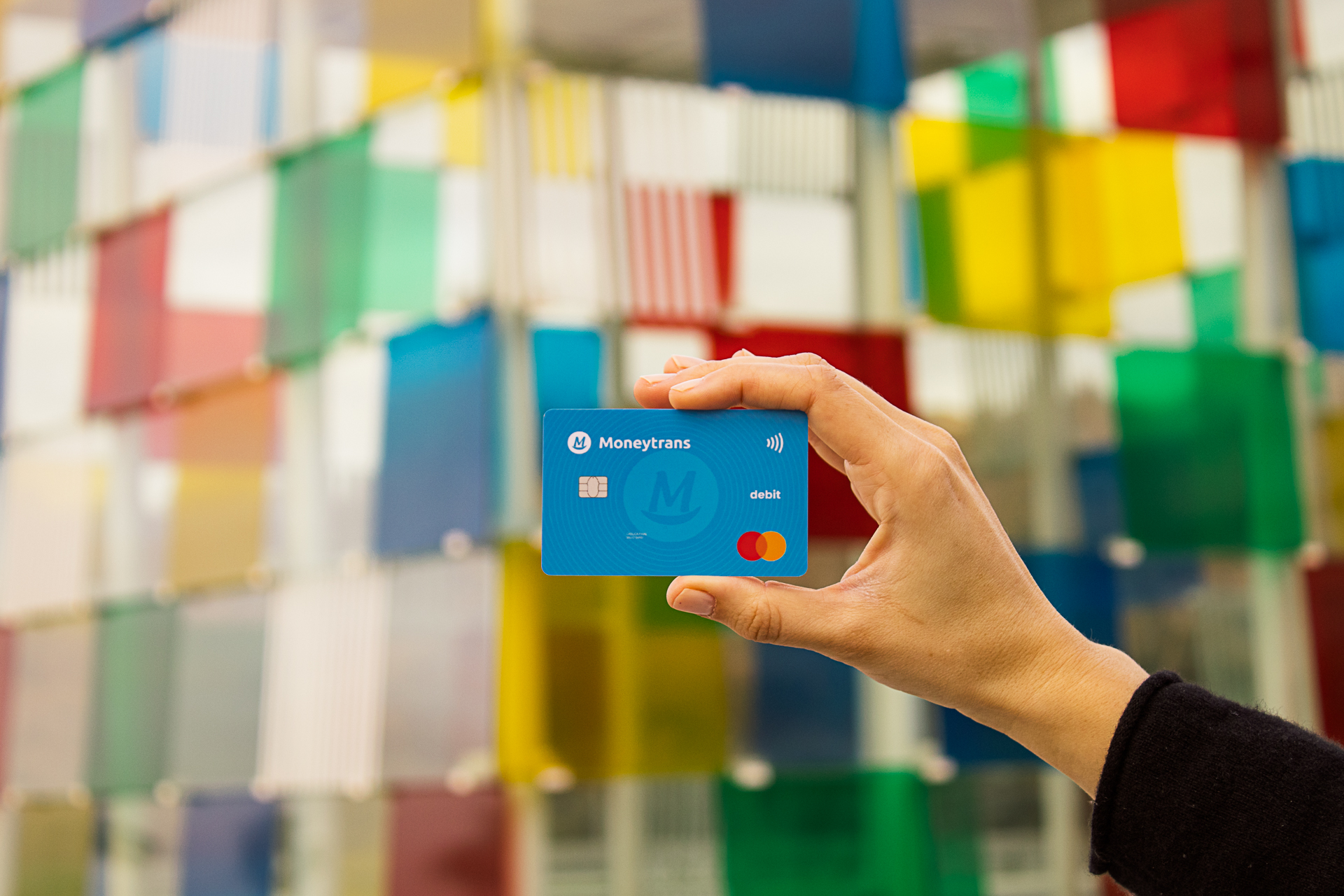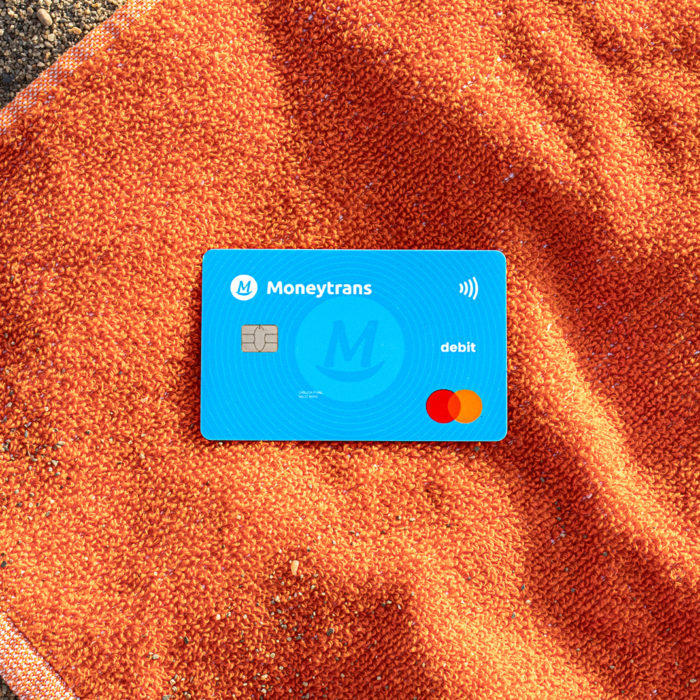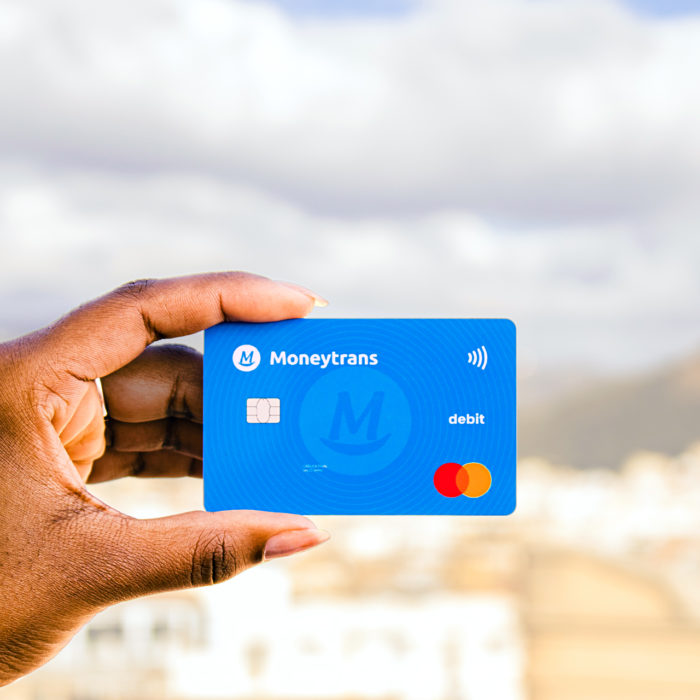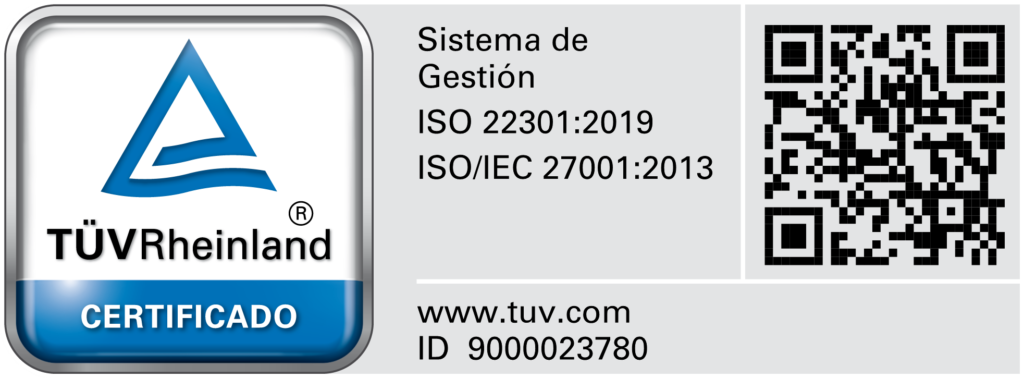When choosing financial products, we are often guided by what the bank offers us, without stopping to evaluate the characteristics of the product and whether or not it meets what we really need. Therefore, it is important to know the differences between the different types of bank accounts, in order to contract the most suitable one for our needs. And you, do you know the difference between a current account and a savings account?
What is a current account?
A current account is a contract established between the bank and the user, through which the latter can deposit his money in the bank to make use of it on a daily basis, especially with regard to the receipt of his salary and the payment of the usual expenses, either by direct debit or by cash withdrawal.
Did you know that banks are not the only ones to offer current accounts? Currently, there are many financial institutions, fintechs or neobanks that are licensed to offer current account services, which means many more options for consumers.
Current account features
A current account is a product designed for the basic monetary movements of a person, that is, the receipt of salary or pension and the usual expenses of the same, which, in turn, can be of two types:
- Direct debit: the customer authorizes the bank or financial institution to automatically pay from the account the bills presented to it by entities that have been previously approved. It is usually used for utilities (electricity, water, gas…) or deferred payments.
- Debit card: the current account usually has a card associated with it that allows the customer to make cash withdrawals at certain ATMs, as well as to make payments charged to the account as long as the balance is positive.
- Other associated payment products: occasionally, the current account may include a credit card (which allows transactions beyond the account balance) or life insurance.
In addition, if it is associated with a mortgage or personal loan, the installments will be subtracted monthly from the account balance.
Advantages of having a checking account
Almost everyone has a current account, since it is a banking product with numerous advantages:
- It works as a warehouse, since the monthly money that the client receives as a salary, pension or public benefit is automatically deposited in it.
- At the same time, it is a means of payment, through the direct debit of bills and taxes.
It allows payments of different amounts without the need for cash at the time, by debit card or check. - It gives the customer access to other financial products of the entity, such as loans, mortgages, pension plans, insurance and investment funds, although the contracting of these is not compulsory.
However, due to the low profitability of the money deposited in it, it is not a suitable product for savings.
What is a savings account?
If the current account is designed for day-to-day expenses and money movements, the savings account is the opposite. This financial product is also a contract between the user and the bank whereby the former deposits his money in the latter, but on this occasion receives a return on it, which may vary depending on the amount of money and the time it remains in the account, among other variables.
Characteristics of savings accounts
To assess whether or not a savings account is the product we need, we must know its main characteristics:
- Profitability: this is the interest that the bank offers us for keeping the money in the account. It depends on the amount deposited and the time it remains in the account. It is usually lower than that of other investment products but higher than that of current accounts.
- Risk: this is directly related to profitability; the higher the risk, the higher the profitability and vice versa. In the case of savings accounts, the risk is set at 1 out of 6, the lowest possible.
- Liquidity: this is one of the greatest advantages of this product, since it allows immediate access to the money deposited without waiting, although it should be taken into account that, when withdrawing it earlier than planned, the profitability will be affected.
- Commissions: savings accounts are usually subject to commissions, although this depends directly on each entity. In any case, the maximum service or maintenance fee is set by the Bank of Spain.
- Transparency: the customer knows, from the signing of the contract, the interest rate he/she will receive for the deposit in the account and will be notified in advance of any modification to it.
Main differences between a current account and a savings account
The main difference between the two products is their purpose: while a current account is designed for regular money movements, the purpose of a savings account is precisely to enable the customer to increase his or her assets. There are also other differences:
- Usually, the current account sometimes requires direct deposit of a salary or pension, while the savings account does not usually entail obligations.
- By their nature, savings accounts do not normally allow direct debit of bills or the contracting of a debit card, so the only way to withdraw money from them is by transfer. As a result, you do not have as much freedom to withdraw money.

Get to know the Smile Account
If you need a current account, but don’t want to be tied to a bank, the Moneytrans Smile Account is your solution: no need to pay your salary or bills by direct debit, just with your ID card, NIE or passport, you can open your new Smile Account in 5 minutes and start managing your finances from the very first moment.
Some of the advantages of the Smile Account are:
- Free Mastercard associated: you will be able to withdraw money at ATMs and pay in establishments around the world with the guarantee of Mastercard and Moneytrans.
- Free App, with which you can easily manage your account from your cell phone.
- Easy access with passport, DNI or NIE.
- Quick opening in just 5 minutes, either online or at a Smile Point.
- Numerous functionalities of any current account: direct debit of salary and bills, cash deposits and withdrawals, bill payments, cell phone top-ups…
- Sending and receiving money abroad with discounts.
- Personalized service in your language.
All this and much more for only 20€ per year or 2,9€ per month. Contact us and ask about it!






